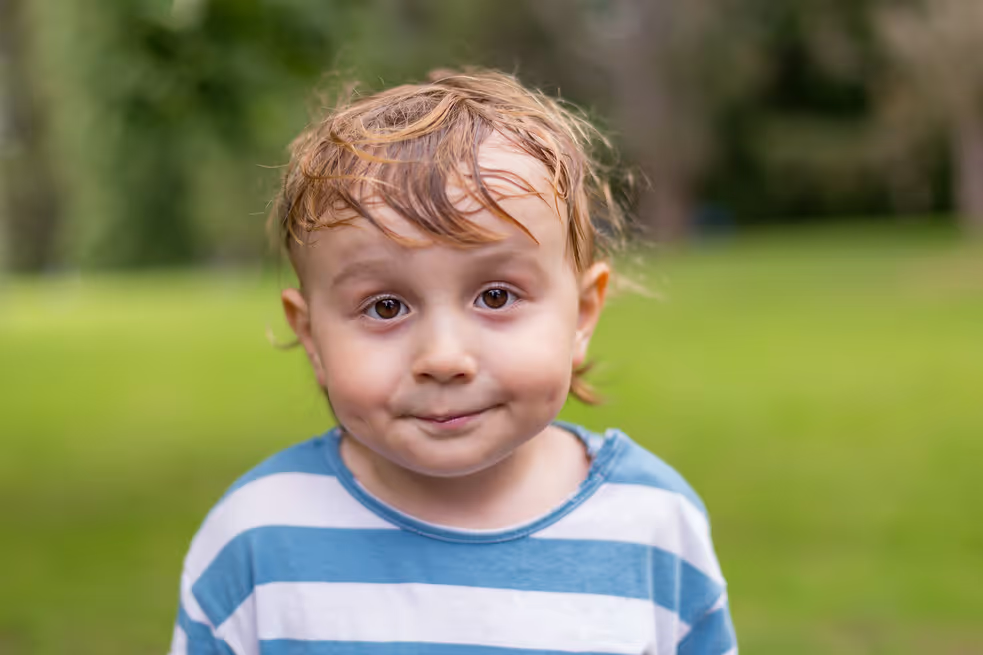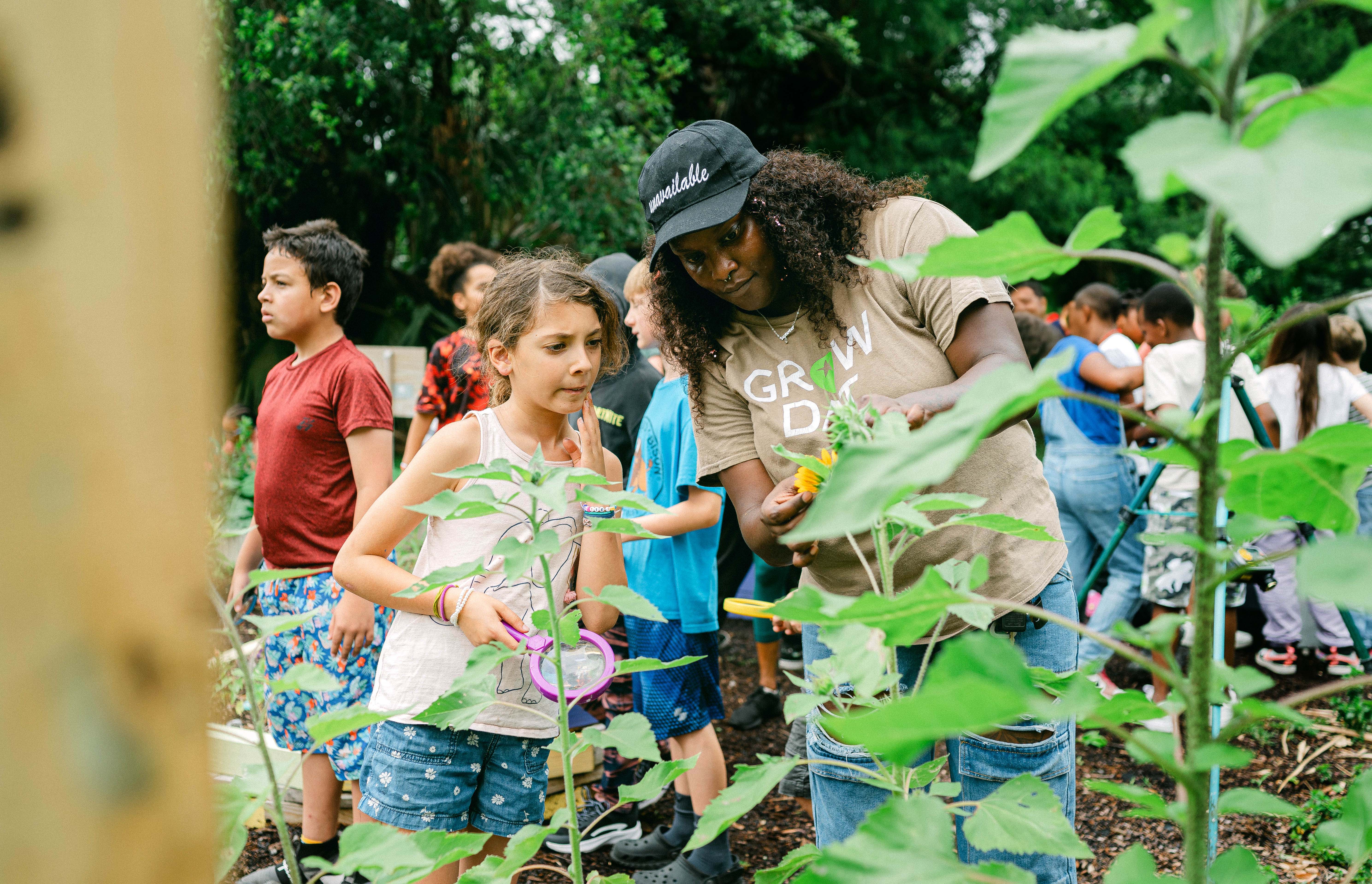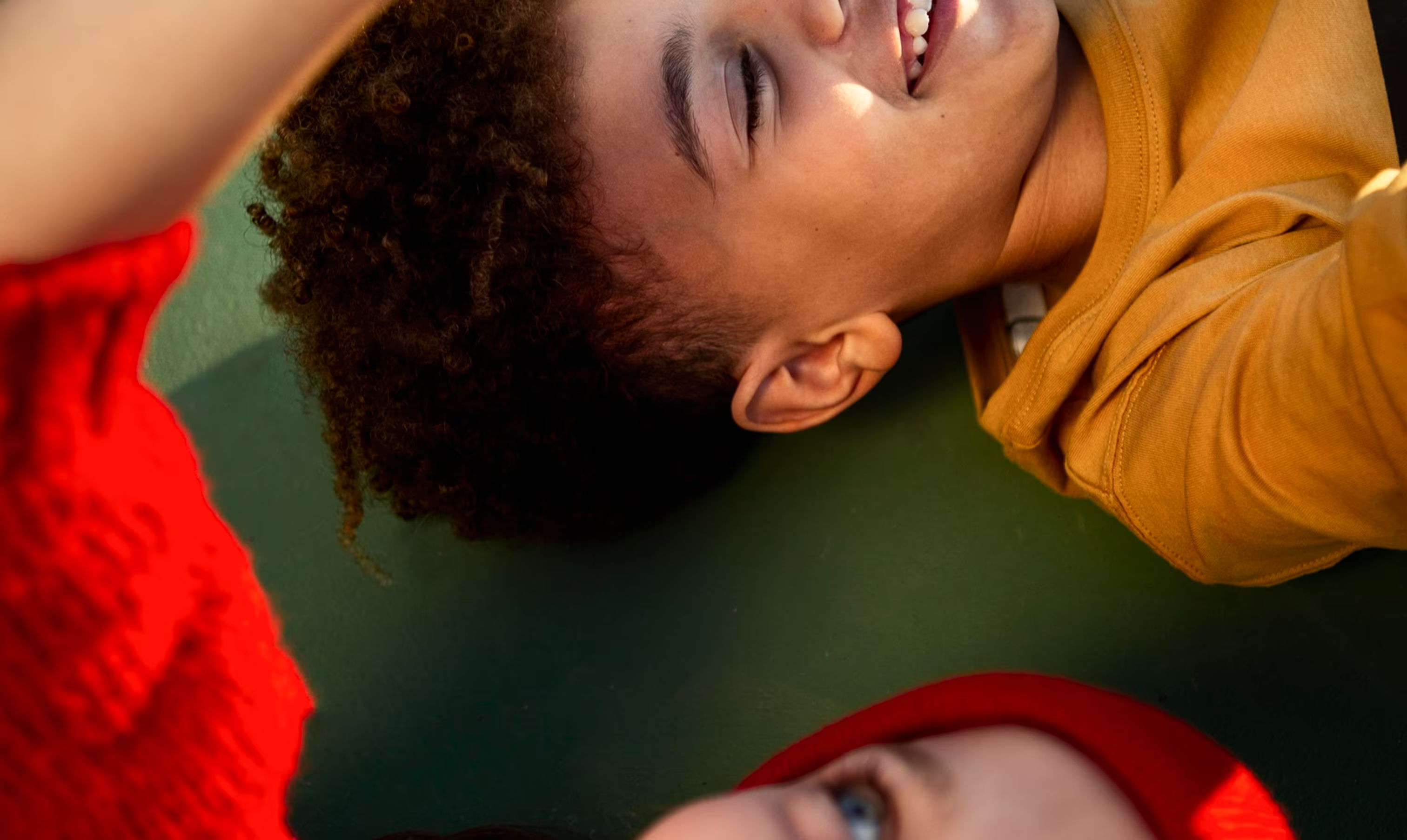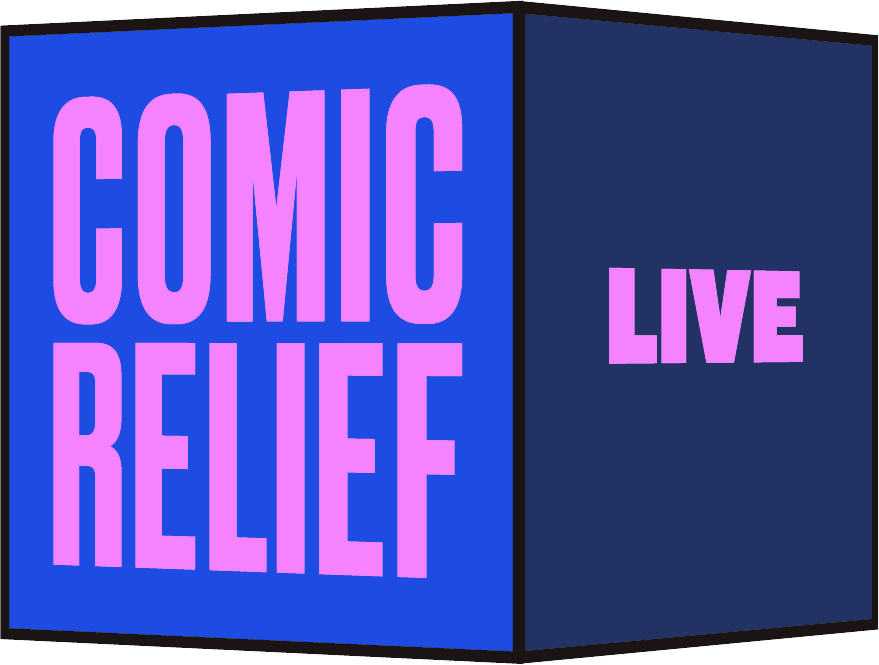What’s the Forecast? Hot, Steamy, Smoky, and Severely Unequal

Turns out extreme heat is not an equal opportunity threat — it disproportionately affects people of color, young children, the elderly, and people who have chronic health conditions or limited mobility.
And for the past week, parts of the United States have been hit by very high temperatures and weather patterns that have again sent smoke from Canadian wildfires into the north, central, and eastern United States, pushing air quality readings into the danger zone.
These climate realities threaten us all, but extreme heat and bad air hurt the most vulnerable members of our society. Here’s how:
People without homes Around the U.S., extreme heat results in 1,500 deaths annually. Health advocates estimate about half of the people killed by heat are experiencing homelessness. Many already suffer additional stresses, including untreated mental and physical illnesses. During a heat wave, the lack of cool places to rest can lead to high-risk behavior, which further endangers people affected by high temperatures.
Outdoor workers People working low-wage and hourly jobs are more likely to be outside, with no escape from the unrelenting heat. Workers in agriculture, forestry, hunting, fishing, construction, and waste collection services — as well as those mowing lawns, detailing cars, and selling food from carts or trucks — are most vulnerable to heat exhaustion when temperatures rise above 100F, as it has in much of the US. Six of the ten states with the highest occupational heat-related deaths are located in the Southeast.
Low-income communities One study found that low-income neighborhoods in dozens of major U.S. cities are likely hotter than neighborhoods with more resources. Dense urban areas are vulnerable to urban heat island effects, which occur when cities replace the natural land cover with concentrations of pavement and buildings that absorb and retain heat.
As a result, residents of these communities — often the poorest and disproportionately people of color — face increased air pollution, heat-related illness, and death. In fact, in all but six of the largest 175 U.S. cities examined in a 2021 study, people of color had higher exposures to heat than White residents.
Children and the elderly A 2022 study revealed that almost 23 million urban residents experience more than 26 days with temperatures rising above 90 degrees in this country. More than 12.7% of the under-5 or over-60 population in these heat-affected cities live in poverty and are particularly vulnerable. They lack or can’t afford air conditioning, are not close to cooling centers, and may have difficulty finding clean drinking water.
Prisoners and corrections officers There are almost 2 million people in the U.S. penal system, and while there are no national statistics on air conditioning in prison, a study found that at least 13 states in the country's hottest regions lack universal air conditioning in their prisons, all in the South. More than two-thirds of Texas’ 100 prisons don’t have air conditioning. As temperatures rise to dangerous levels, officers and prisoners are locked inside prisons built from heat-retaining materials, which can increase internal prison temperatures without cooling options that non-prisoners have.
As we all spend this holiday weekend trying to keep cool and distract ourselves from the heat, it’s important to remember that as the planet warms, many cities and towns across the country that have historically been disadvantaged are — and will continue — feeling the effects of extreme heat and climate disasters at much higher levels simply because of where they live.





